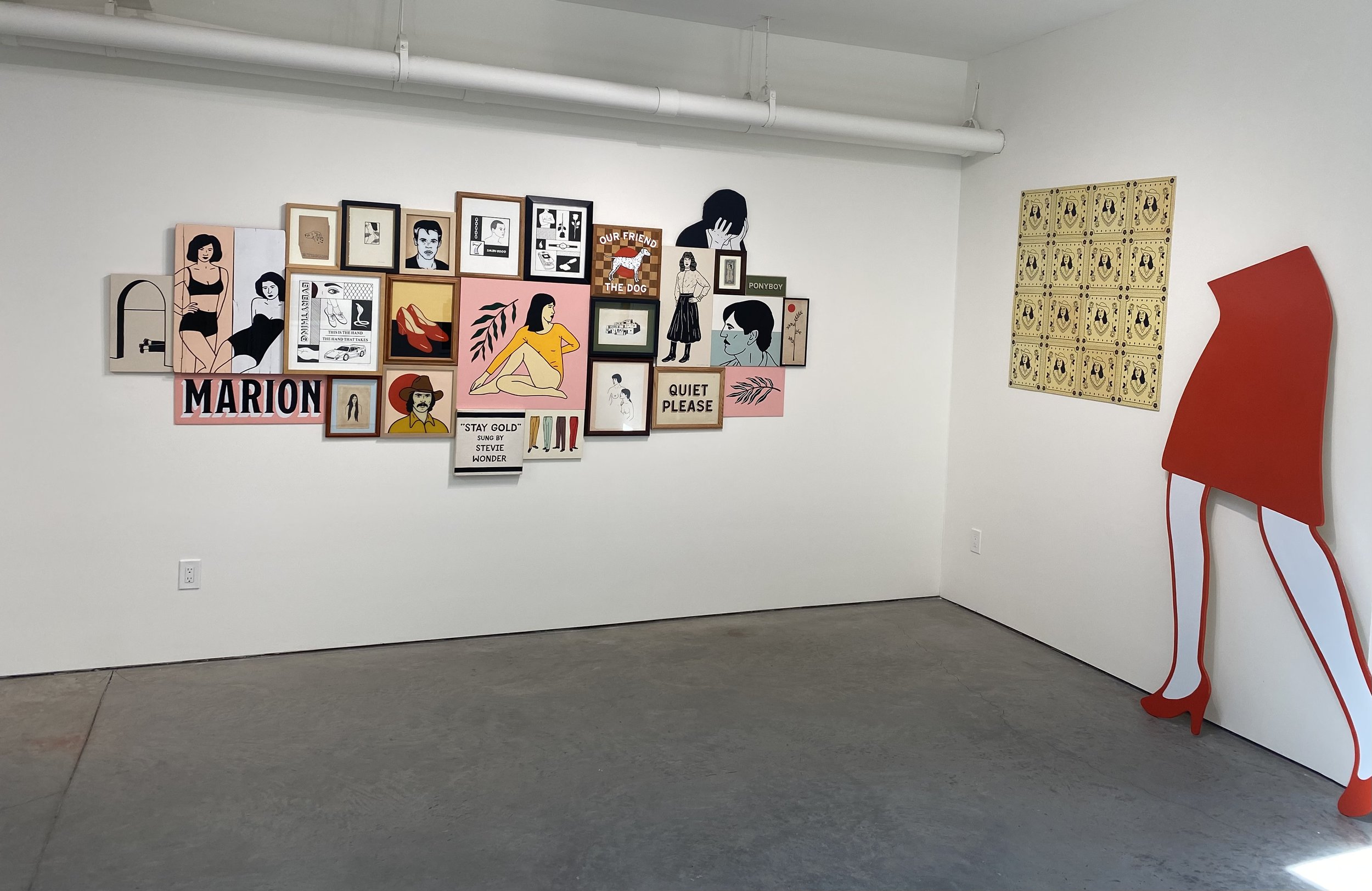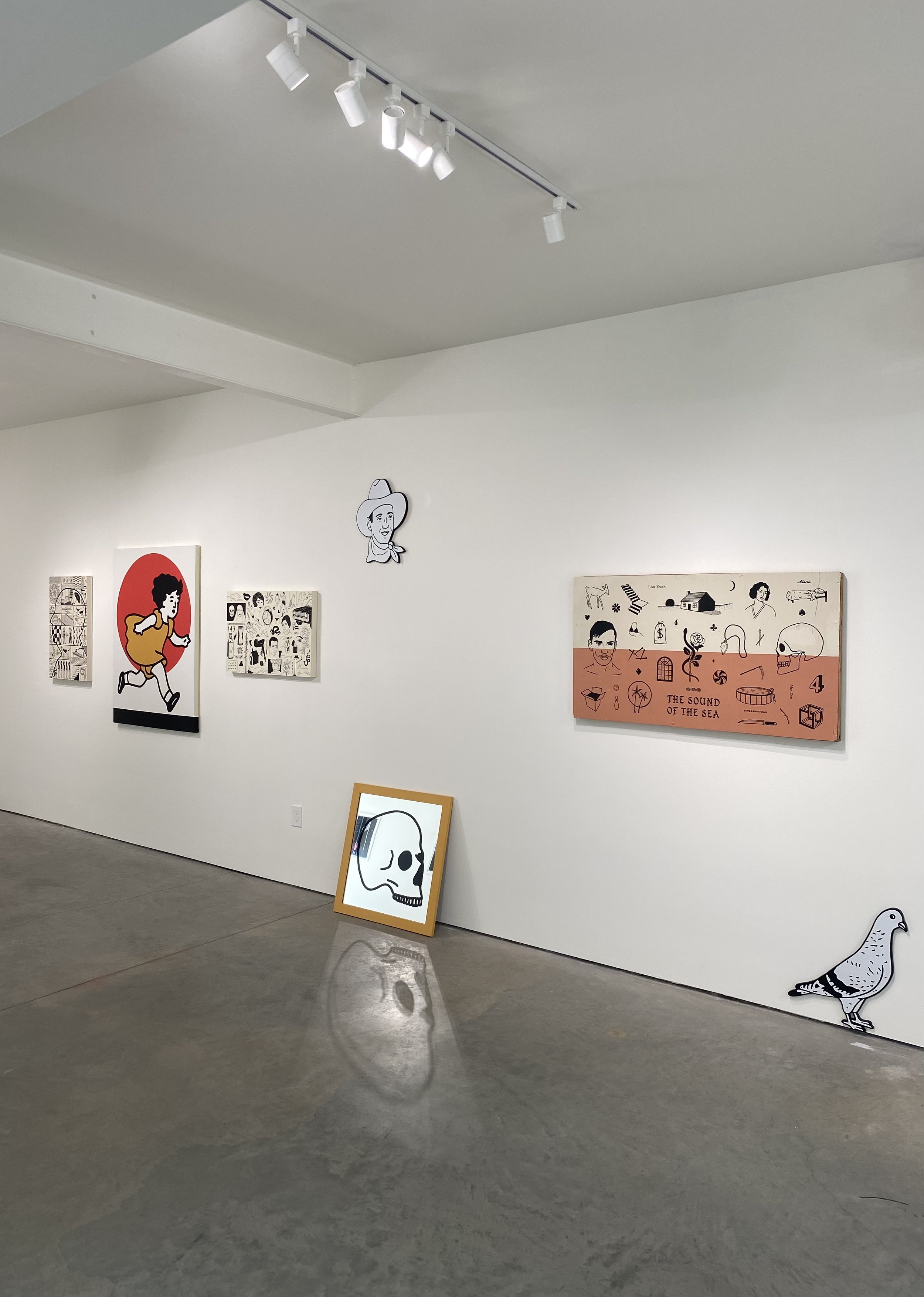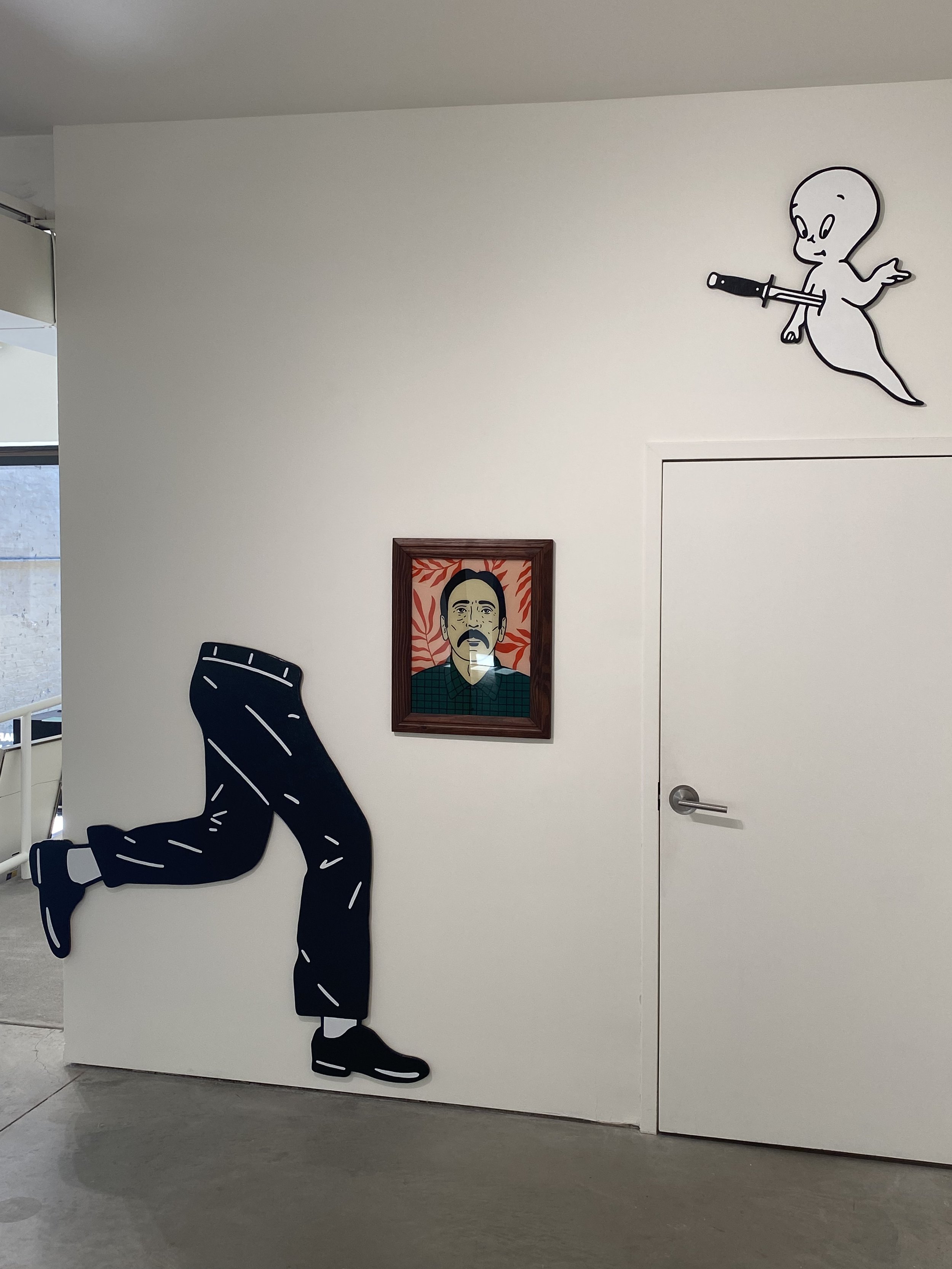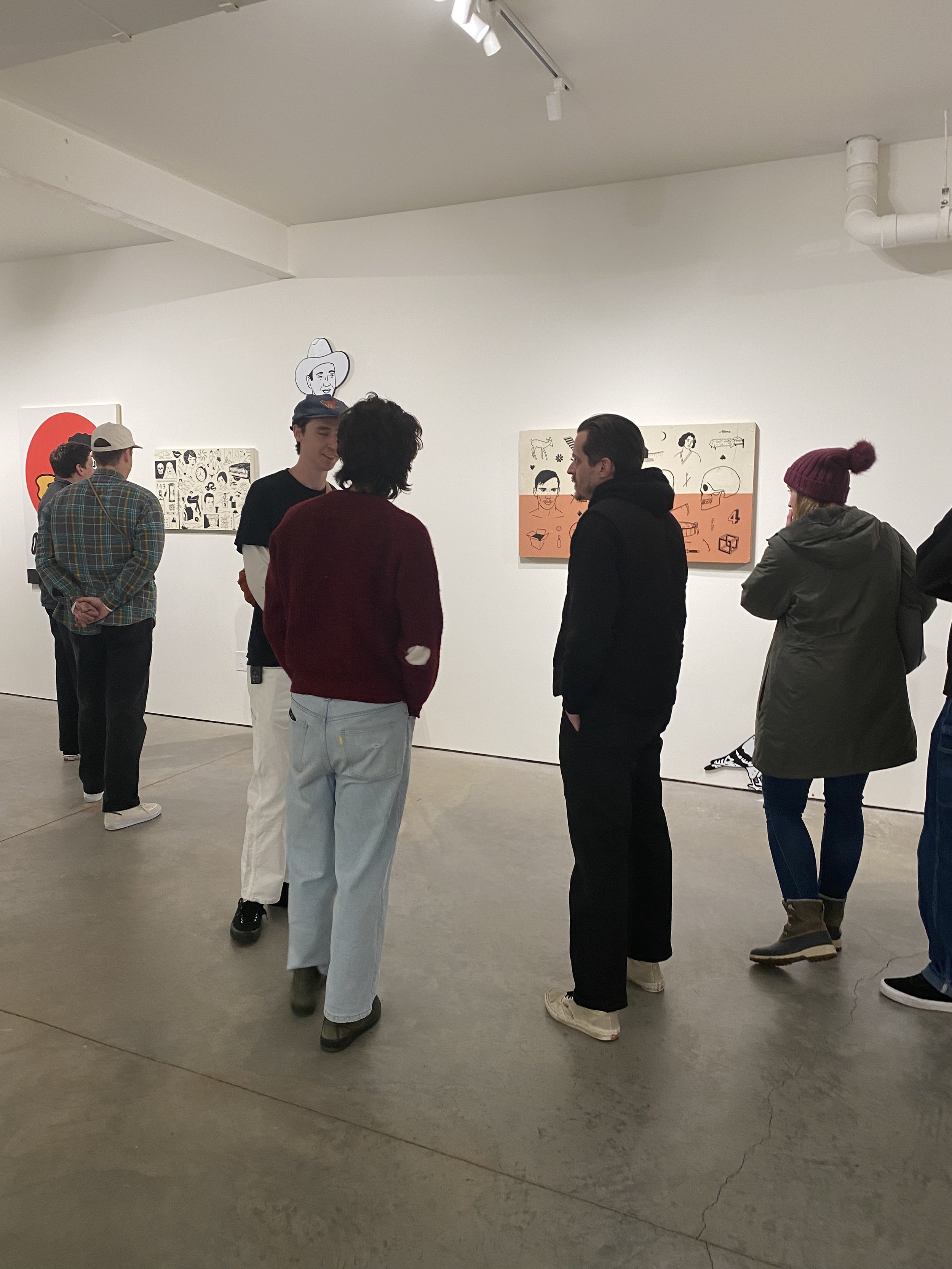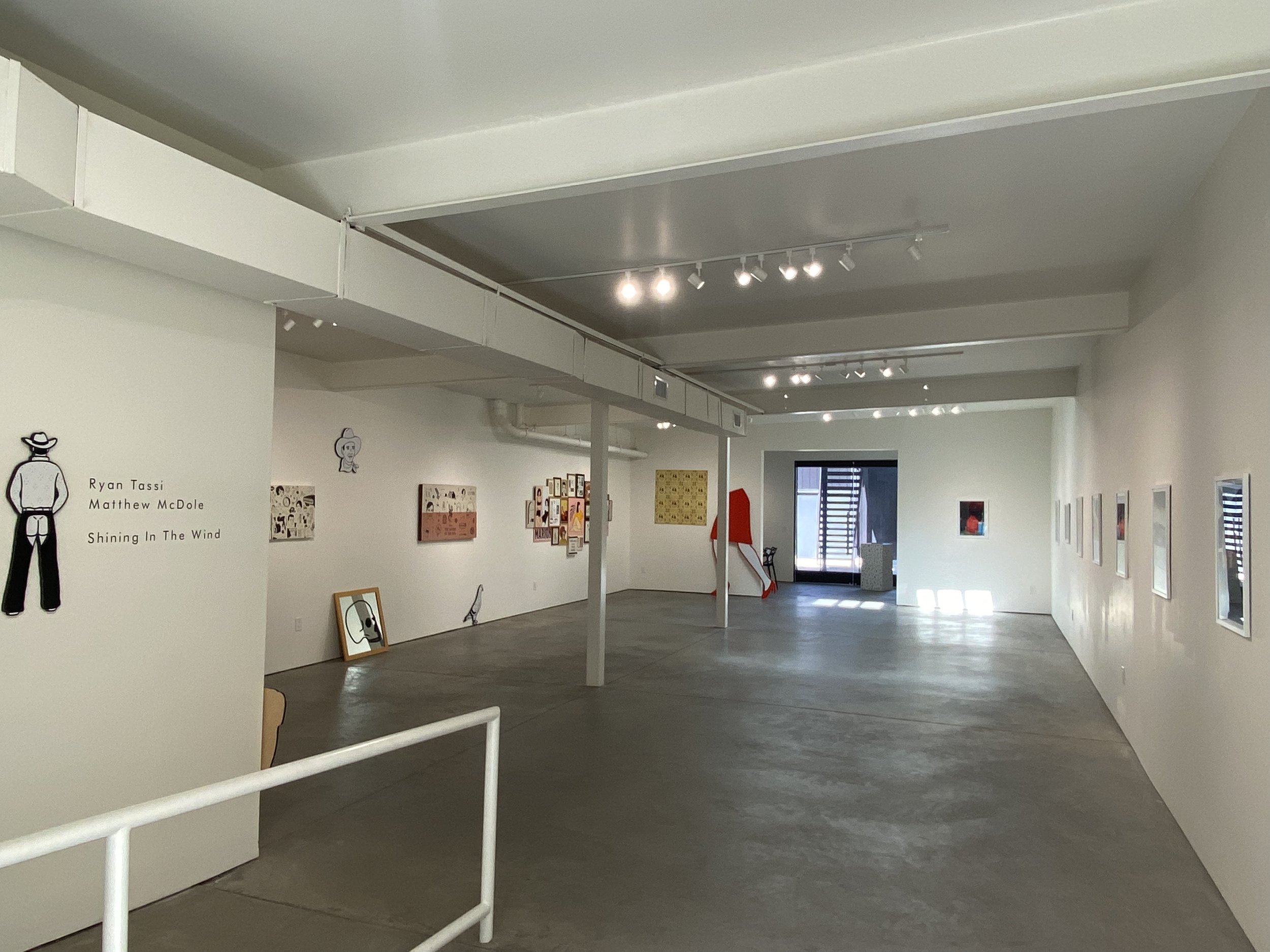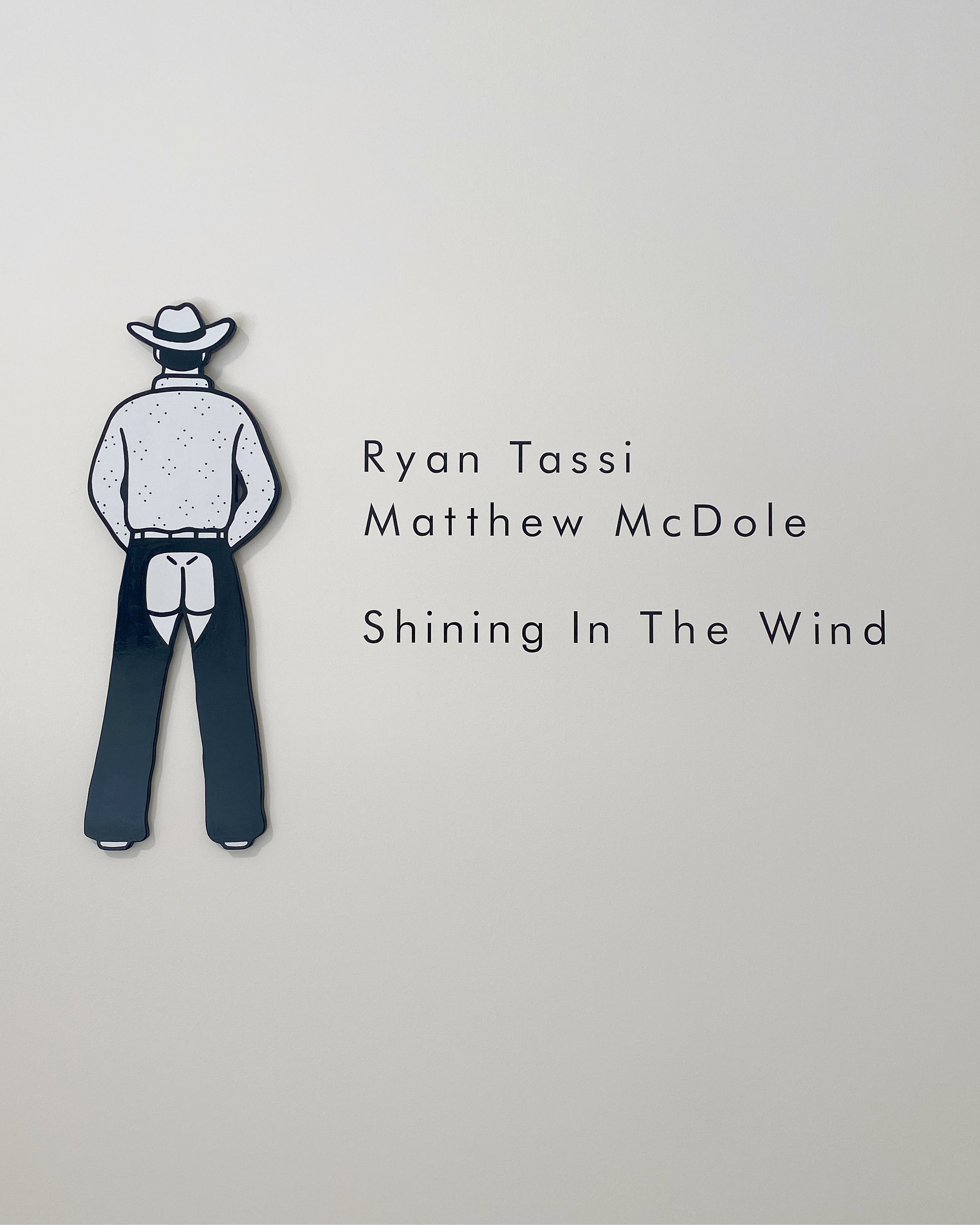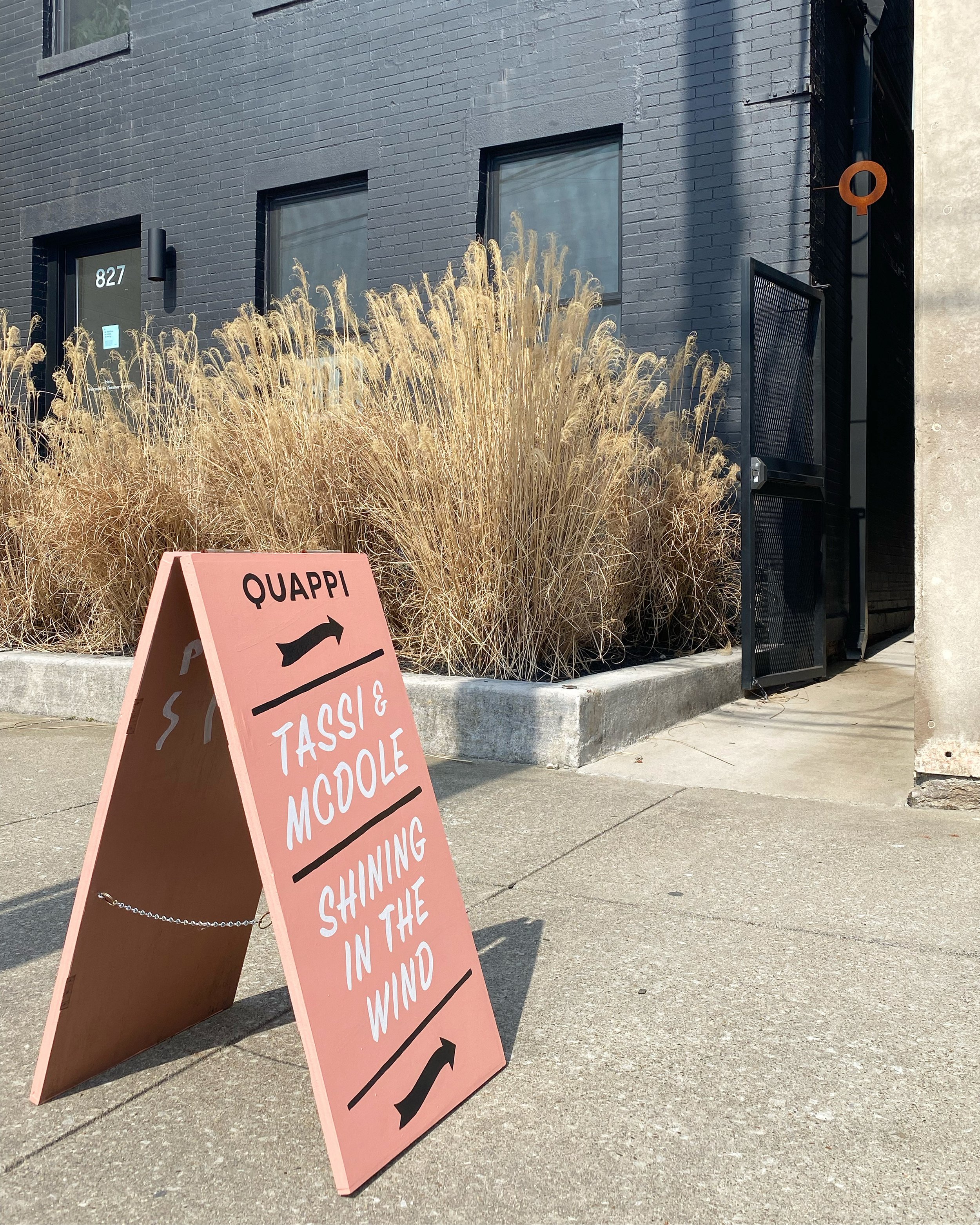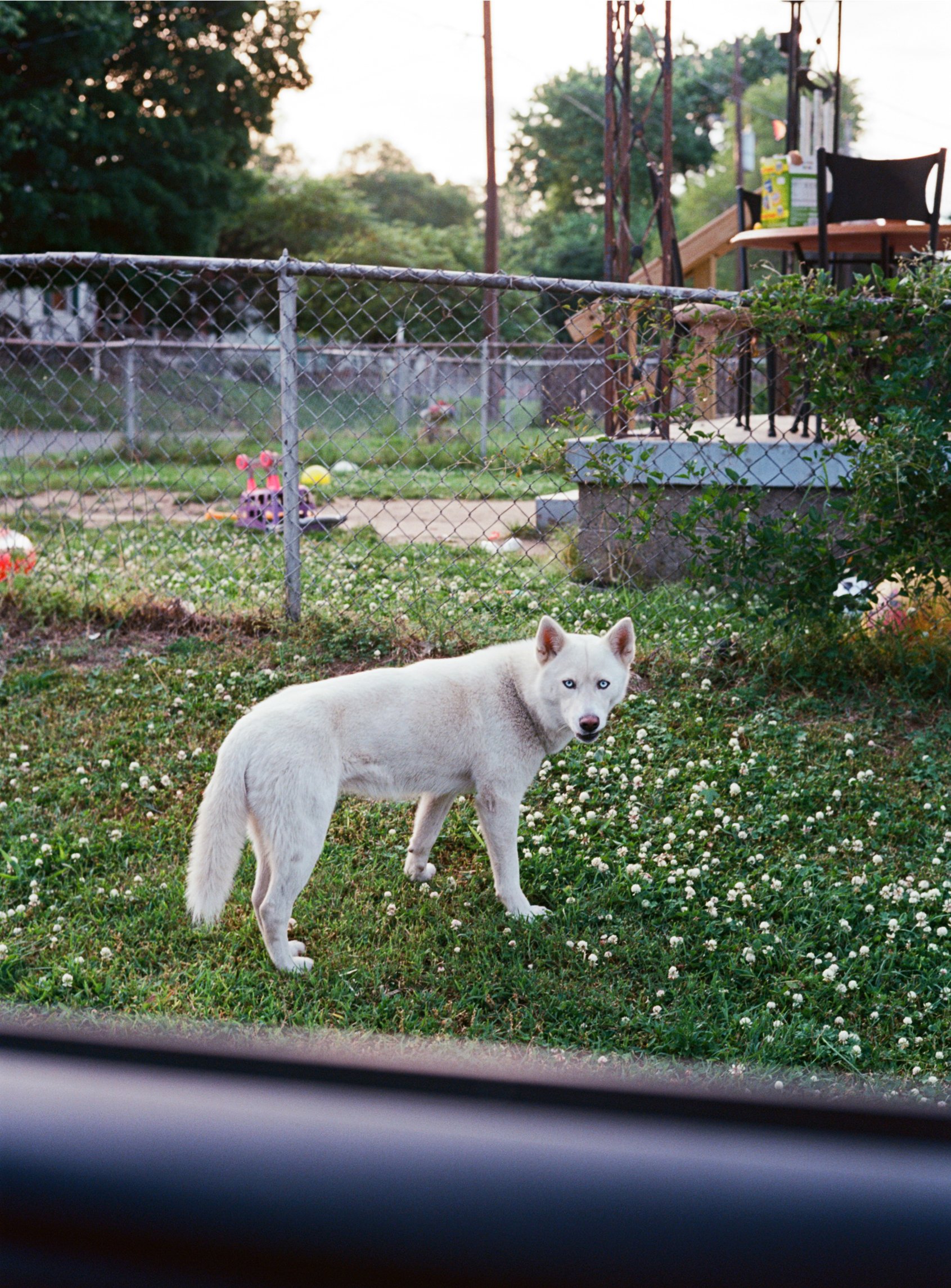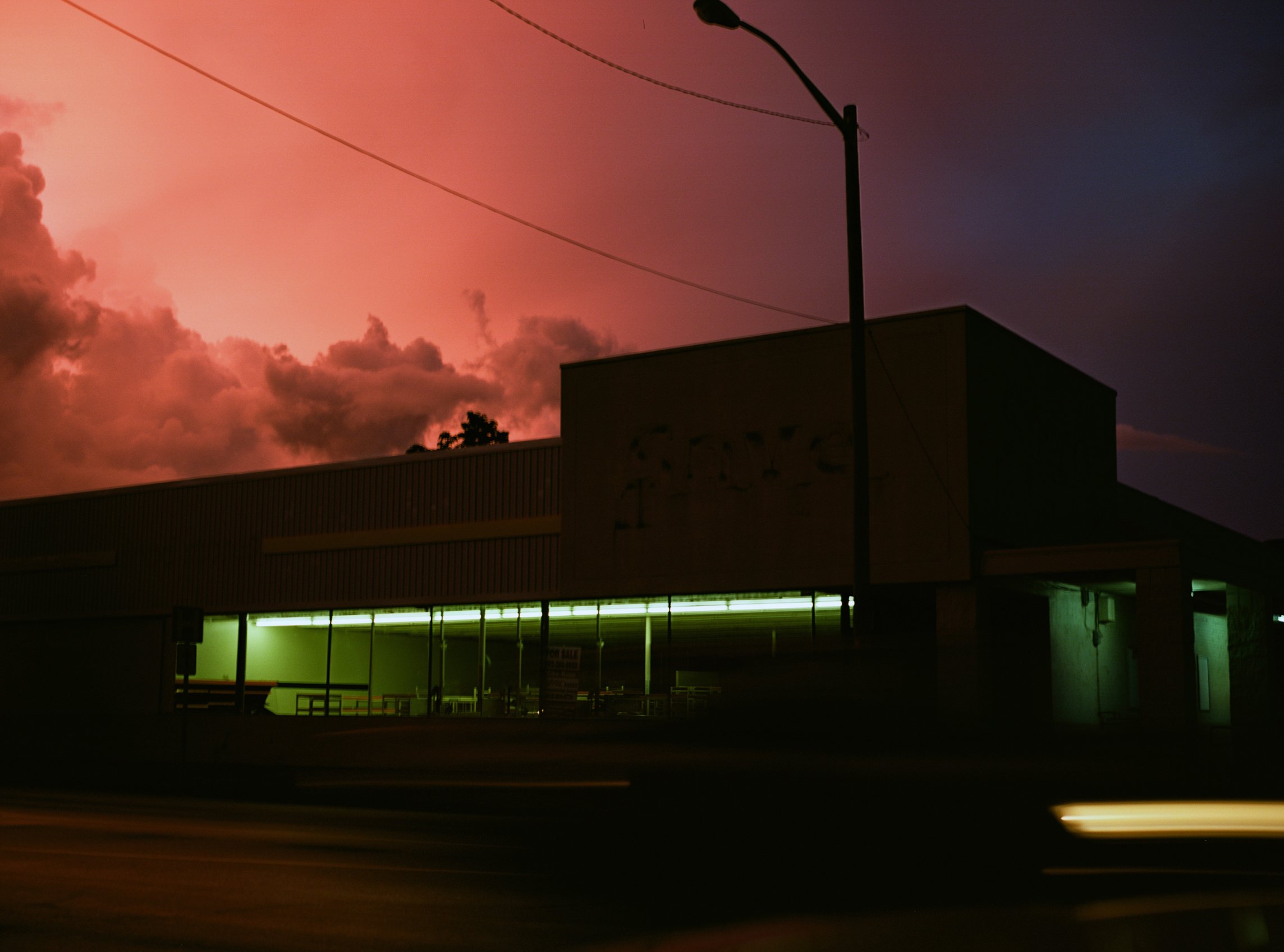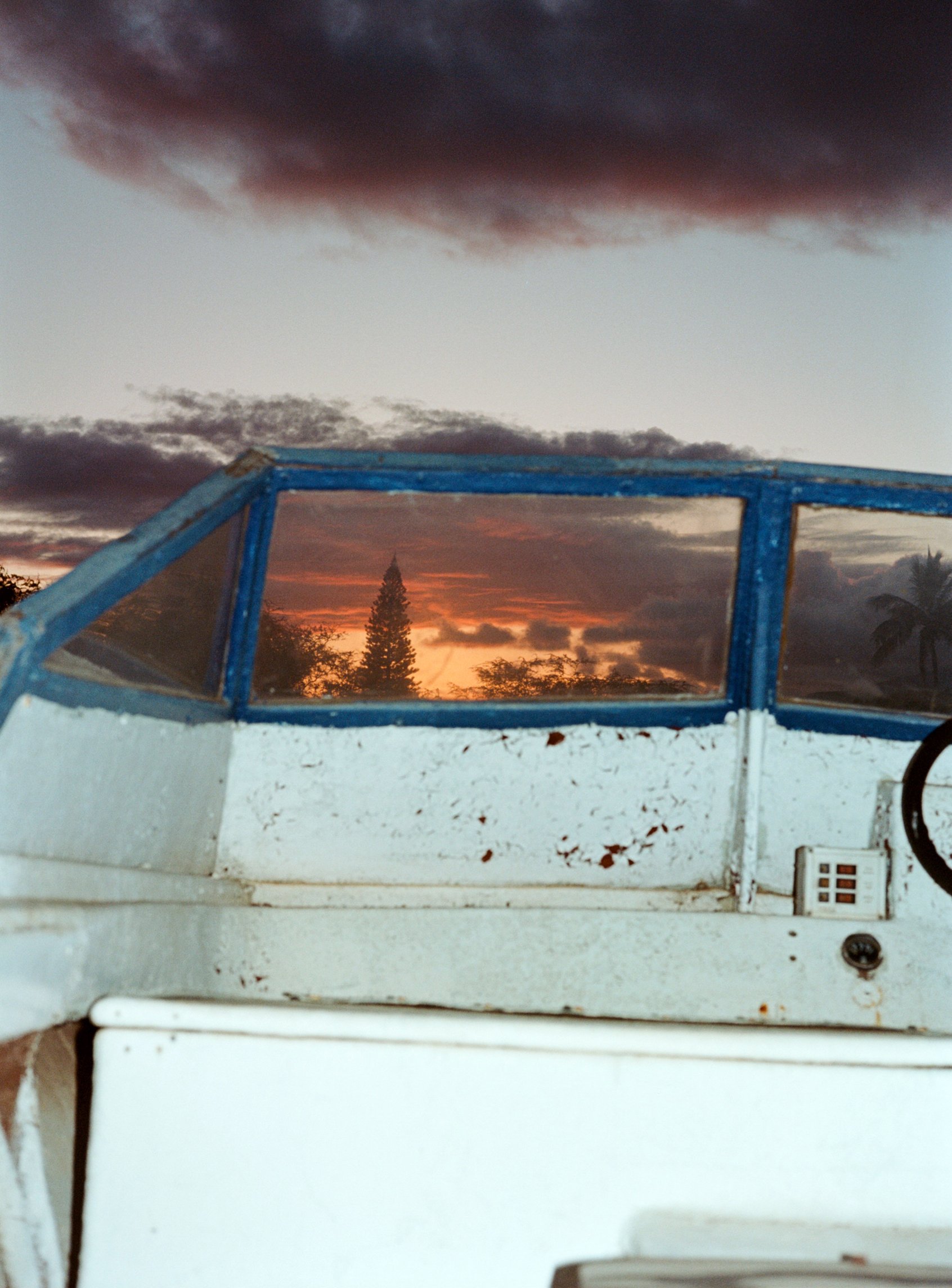Shining in the Wind
Ryan Tassi
Matthew McDole
Quappi Projects is pleased to present Shining in the Wind, featuring new photographs and paintings from Louisville based artists Ryan Tassi and Matthew McDole. Although working in disparate mediums, these longtime friends and fellow skateboarders are connected via sentiment, disposition, influences, and aesthetics; through the use of distinctive visual languages, their respective work explores youth and street subcultures, loss, temporality, an alternative Americana, and the zeitgeist. The exhibition’s title comes from a phrase Ryan Tassi overheard on the street, and each artist has interpreted its meaning in his own manner; Tassi understood it to mean “trying to excel through and see the good in turbulent times and trying to understand the truths behind our most humbling, vulnerable, and sometimes horrible life events,” and for McDole it conjures notions of apexes of hype, fashion, one-hit wonders, and brief, luminous moments of peaking.
In an essay published in 1952, documentary photographer Dorothea Lange wrote “Bad as it is, the world is potentially full of good photographs. But to be good, photographs have to be full of the world.” Although he is not expressly a documentarian, Ryan Tassi (b.1992) moves through time and space with his camera in tow, capturing and collecting anything of interest that might be in his path; the resulting images reflect the world in its fullness, more than satisfying Lange’s dictum in the process. Utilizing film exclusively, Tassi taught himself how to be a photographer, honing his skills by looking and doing. His photographs have been published in several books and have been seen in a number of group expositions, but Shining in the Wind is the first time he has exhibited at this scale.
Part of a larger series of works self-published in a new book entitled Delusions of Grandeur, the eleven photographs presented here were shot mostly in Louisville, although New Albany, Rough River Lake, and Hawaii are also represented. Tassi’s creative impulses are born from curiosity, wanderlust, and observation; these images illustrate an intuitive, organic approach to finding subjects that calls to mind some of the work of Wolfgang Tillmans and street photographers like Saul Leiter and Lee Friedlander. Although noticeably marked by dishevelment and disarray, Tassi’s pictures lack any artifice. His eye is tender and considerate rather than exploitative. Despite having been observed, what we see unfolding or unraveling exists independent of any observer; in that sense, Tassi’s lens, artfully reflecting the overlooked and unsung, illuminates truths. Quickly but thoughtfully composed, these hardscrabble scenes, full of subtle but strong color, are elegiac and quietly dramatic. Expressing not quite an apathy toward the inevitability of decay and dissolution, but rather an acknowledgement of and an acquiescence to its power and omnipresence, Tassi’s work reminds us that all things are fleeting, that all things end, but that beauty, even in its faintest forms, abides.
Tender, surprising, elegant, playful, and charming, Matthew McDole’s work comprises a world very much of the artist’s own creation but is also full of the existing world from which it takes inspiration. Just as Ryan Tassi collects happenings and moments, McDole (b.1987), who has shown his work in a number of group and solo exhibitions as well as in a solo presentation at KMAC (2017), accumulates touchstones from literature, art history, cinema, and pop, street, tattoo and skate culture; working in a stream of consciousness method, he populates his paintings with characters and references from a motley list of multitudinous sources in a manner that feels at once both distinctive and familiar. The works presented in Shining in the Wind wander through a laundry list of McDole’s interests, from Twin Peaks, Laurie Anderson, Willem DaFoe, Cher, Stevie Wonder, Sinead O’Connor, The Outsiders, Roy Rogers, to Alfred Hitchcock and more, taking the viewer on a wild ride through the annals and alleyways of parts of American culture. Whereas in Tassi’s work disorder, however suppressed, is contained within the images themselves, McDole’s work—often made on found or recycled materials—is overtly characterized by directness and a wonky clarity, yet there is also a kind of composed chaos to the breadth of his symbology. Each individual reference has specific, if not ambiguous, meaning, but the magnitude and balladry of his language increases with every new hieroglyph.
With his use of repetition and iconography, McDole’s work is at times Warholian. Yet while there are formal connections and similarities in methodology, McDole’s paintings possess a melancholic sweetness—rather than the detached nihilism that characterizes most of Warhol’s oeuvre—that makes them feel altogether different. Although stylized, McDole’s work isn’t sleek; evidence of his hand is always visible. His lines are practiced, but they maintain authenticity and personality. Like Tassi, he is self-taught; his influences—folk art, graphic arts, sign painting, and artists like Margaret Kilgallen and Barry McGee—are as varied as his references. Rich with the flotsam and jetsam of Americana, McDole’s work reminds us of and even romanticizes the past, yet his memorializing is never in service of a jingoistic, blind allegiance to what came before. Instead, taking in these works prods us to consider how we are each the sum of our parts and how we survive by holding onto our brightest moments.
- John Brooks
